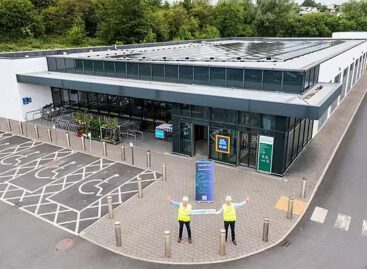Offering a seamless hybrid shopping experience can be essential in 2023
Communicating values
Krishnakumar Davey, president of client engagement at IRI has told Grocery Drive that retailers know: prices have become so high that shoppers can’t spend more, thus retailers are trying to communicate the values that they offer even more, and to give value to customers wherever they can.
Erich Kahner, director of competitive strategy and insights with Dunnhumby in North America shares this view, and he also sees an opportunity in the price-sensitiveness of consumers – retailers can show empathy to customers, which they can turn
into long-term loyalty later. In his view concentrating very much on the price can be a good idea for retailers with well-established loyalty programmes, as by using these they can monitor shopper preferences and make targeted offers.
In-store experience in the starring role once again
After the pandemic shoppers returned to physical stores in 2022, so retailers had no other choice but to make improvements, especially in the fresh food section. Rachel Dalton, head of retail insights at Kantar thinks one way to differentiate themselves from competitors is emphasising the “from the farm to the dinner table” concept.
Kevin Kelley, co-founder and director of restaurant and food industry design firm believes that certain small and regional retailers will expand their fresh food selections, in order to be different from the bigger players. Specialist grocery retailers have positioned themselves as food experts, and thanks to this they are now providing services at a level that is higher than before.
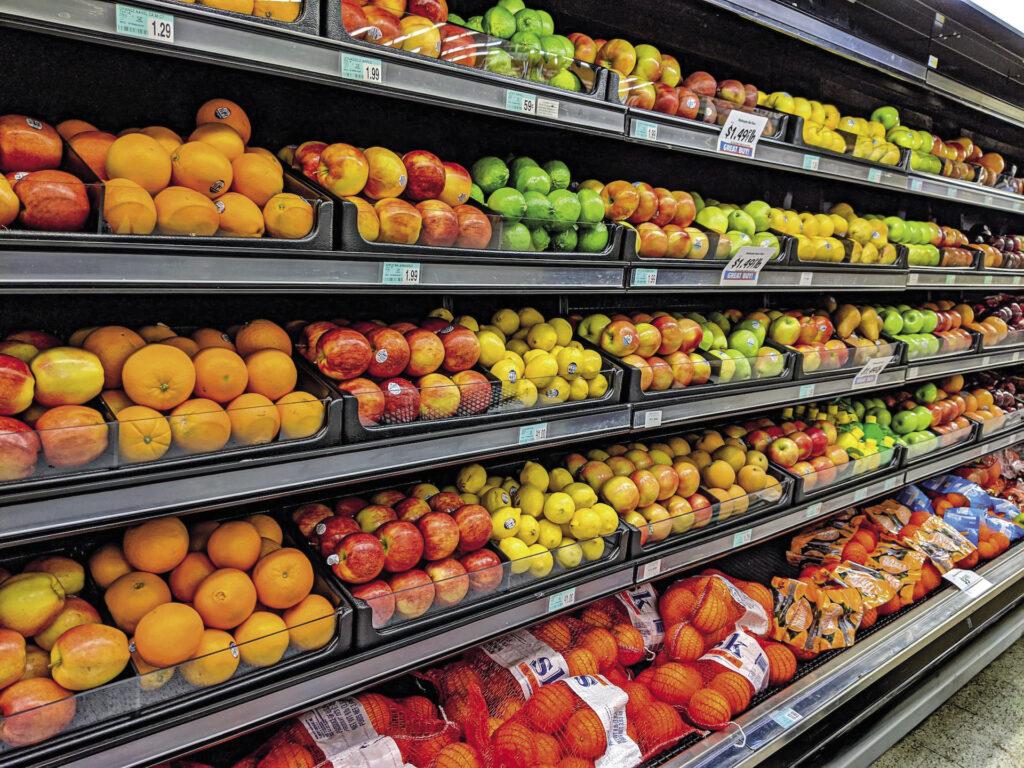
Customers returning to shops were left with no choice: retailers had to revamp fresh produce departments and central areas
Store design and mixed-use spaces
Store design became especially important in the last two years, because retailers were trying to adapt store sites to the given situation, and at the same time they invested in experience-based retail. Large format chains such as Walmart and Target were testing small-format stores. Shopping mall designers and community leaders are gradually adopting the mixed-use space concept, where people don’t just shop but can also live, eat or engage in social activities. Although sales in e-commerce were at a standstill in the last few months, market players are calculating with another wave of growth. As Neil Stern, the CEO of Good Food Holdings said it: they would like to see consumers opting for shopping online because they like to shop this way – and not because they are panicking due to a pandemic.
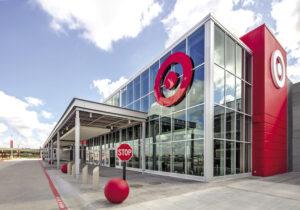
Retail chains build new store types where spotlight is on experience
Seamless hybrid shopping experience
One of the engines of growth in grocery retail may be adding services to the online shopping experience that can make buying food more comfortable. The time has come to connect online with offline shopping, and to offer consumers a seamless shopping experience. Anne Mezzenga, who used to work for Target and is now the co-CEO of Omni Talk, reckons that retailers will use offers in parcel pick-up apps to motivate for impulse buying. Another way of experimenting can be using online order delivery for product sample distribution.
According to Andrew Busby, a futurist with IBM, e-commerce brands can count on shoppers becoming more environmentally conscious, and deciding to buy from those online retailers who share the same values. This will require greater transparency in the areas of production, purchasing, place of origin, workforce, product ingredients and other fields.
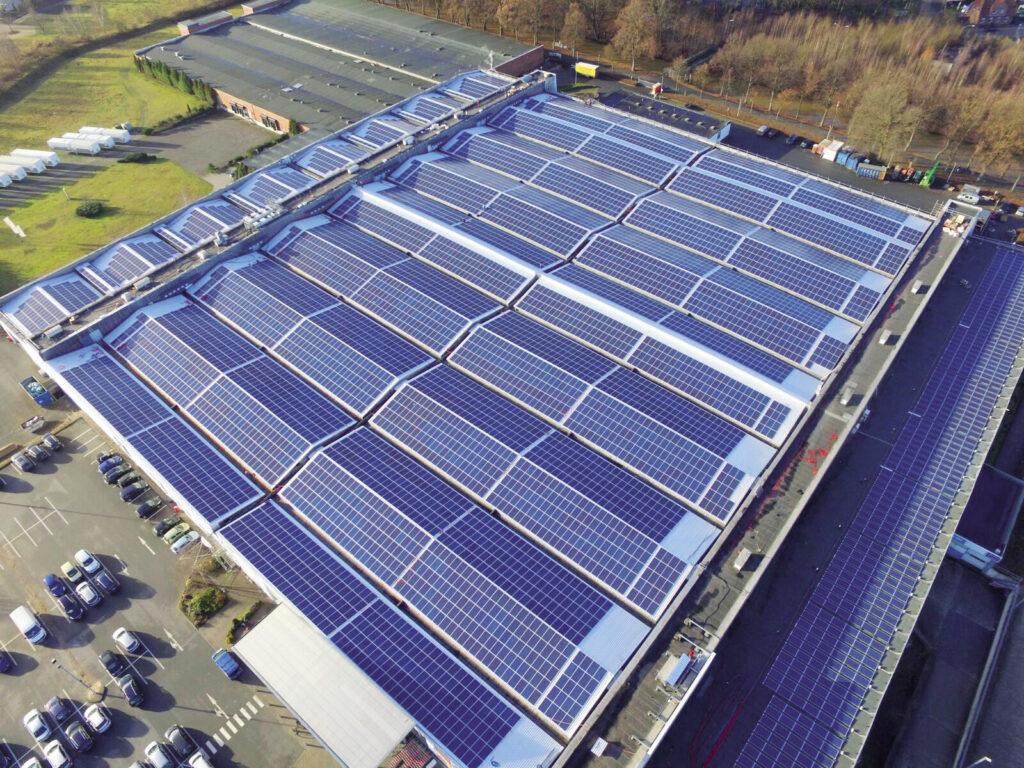
Sustainability is a priority – especially for youngsters
ESG initiatives
The sustainability strategies of supply chains have formed an integral part of the environmental, social and governance (ESG) initiatives of firms, and their roles are receiving more and more attention. Deloitte’s 2023 Consumer Products Industry Outlook report says that environmental sustainability and ESG goals are very important for companies that produce profitable growth, and while 83% of them are investing in ESG reports, only 50% do so from the other companies.
In 2023 we can expect a second wave of unplanned supply chain risks. KPMG writes in the forecast titled The Supply Chain Trends Shaking Up 2023: building flexible supply chains can be vital if firms wish to stay on their feet when there is a disruption, and if they want to adapt to the changing situation.
Omnichannel in advertising too
While back in 2013 retailers lost 9 dollars on acquiring each new buyer, by now this sum went up to 29 dollars, meaning that there was a 222% increase in just eight years, resulting from the surge in the cost of digital advertising. Experts suggest that retailers should diversify their advertising spending, giving a key role to the new channels.
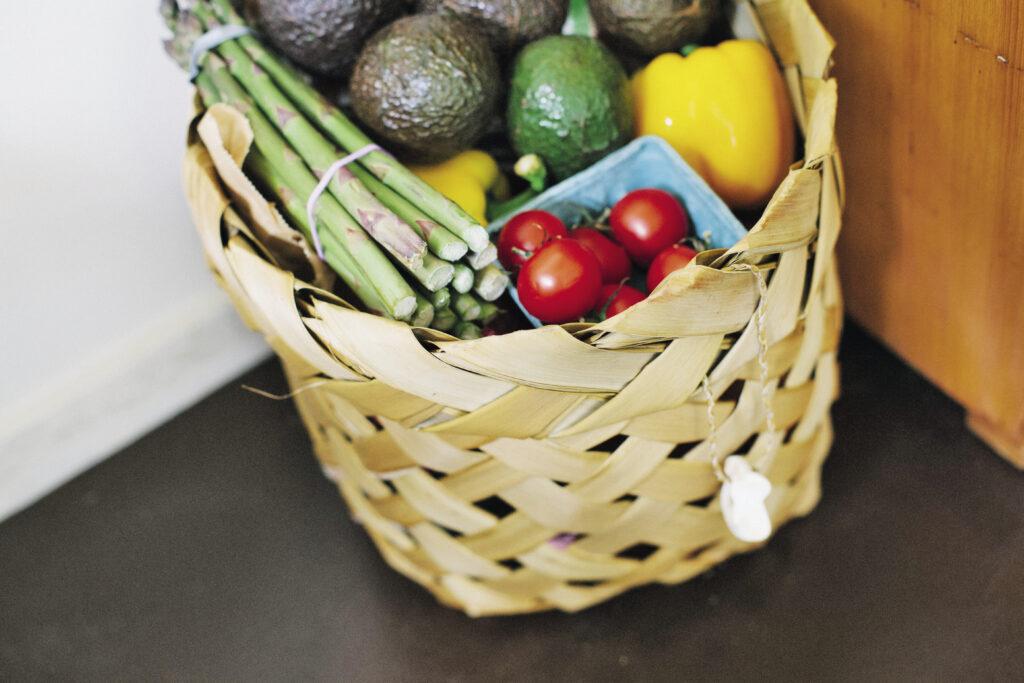
Market players expect a new impetus in growth
Chloe Thomas, author and moderator of the podcast E-Commerce Masterplan thinks: instead of performing superbly in a single marketing channel, successful brands are using mixes consisting of different channels. She also stressed the importance of cooperation between these channels. //
Hungarian Bankholding: this year might bring economic growth

Gergely Suppan
senior macroeconomic analyst
Hungarian Bankholding
By the end of 2023 the inflation may return to a single-digit level, and the annual average inflation is expected to be around 17.5% – we can read in the latest macroeconomic analysis of the Hungarian Bankholding Strategic Analysis Centre. The experts of the centre have lowered their GDP growth forecast for 2022 from 5.3% to 4.8%, but they raised the number from 0.4% to 0.8% for this year. A little drop in domestic demand and the continuing export growth are likely to reduce the deficit of the current account balance to EUR 5.8bn – 2.9% of the country’s GDP.
Last December the inflation rate was 24.5%, while the average inflation was 14.5% in 2022. Gergely Suppan, senior macroeconomic analyst of Hungarian Bankholding: “In the next few months the base effects will be felt. Since international raw material, produce and energy prices dropped significantly in the past few months, another external price shock is unlikely to occur. The strengthening of the forint is also likely to slow down the inflation.” Hungarian Bankholding claims that the consumption growth was 6.1% in 2022, but 2023 brought a 0.8% decline in the consumption of households. //
This article is available for reading in Trade magazin 2023.2-3.
Related news
Corporate leaders’ commitment to sustainability at record level
According to the latest data from the K&H Sustainability Index,…
Read more >A revolutionary breakthrough in plastic waste management: a cheaper and cleaner process for recycling PET has been developed
American and British researchers have developed a new method for…
Read more >Aldi Ireland Announces €5m Investment In Green Energy Solutions
Aldi Ireland has announced a €5 million investment in green,…
Read more >Related news
Temu has already targeted the European food market
The Chinese-rooted Temu is posing an increasingly serious threat to…
Read more >Irrigation water resources equivalent to one-third of Lake Balaton are available
Despite the extraordinary drought and lack of precipitation, we can…
Read more >Free irrigation water provided to farmers is a key element in the fight against drought
Free irrigation water provided to farmers is a key element…
Read more >


